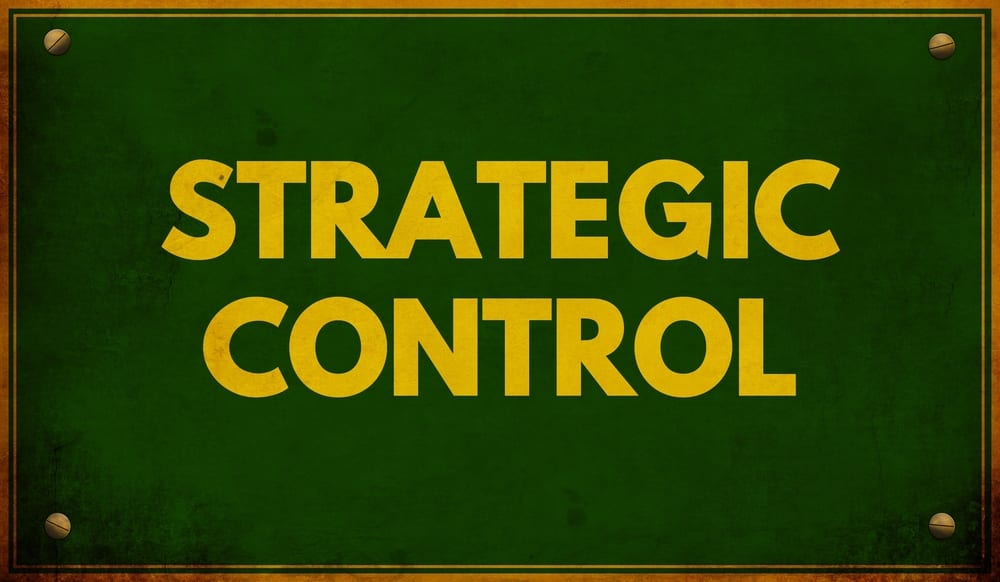Long before businesses begin to recognize they are out of control and functioning inefficiently small issues in consistency and accountability are at work. Business controls are measures that naturally safeguard against inconsistencies and unaccountability to keep your business in check and on track for efficient performance and growth.
Whether it’s a procedure, a visual, or any other
#1. Automatically Backup Data
Gone are the days of employees having to backup their digital work on floppy disks or CDs. Today, the most popular form of backup is online. Using automatic online data backup helps guard your company against the accidental loss of information due to forgetfulness or staff being technologically illiterate.
There are a variety of options for automatic data backup. Many businesses use third party service providers. Providers offer unique backup packages and systems. Be certain to verify the security measure such providers offer. If your company stores financial information for individual consumers or private information like social security numbers or health records, verify whether or not third party backup providers are legally secured for such sensitive information.
#2. Create Signed Checklists
Whether digital or paper, creating checklists for your employees helps ensure continuity, consistency, and even safety. Checklists also create a paper trail of records so you can more easily track and assess how your business is functioning.
Checklists can range from outlining closing procedures, cleaning schedules, or even accounting measures. Having employees sign checklists once they are completed also ensures accountability. If you suspect certain procedures are overlooked or carried out improperly, requiring employees to complete and sign checklists can be a useful solution.
#3. Standardize Budgeting Forms
Keeping track of budgets is a chore for businesses both big and small. The more departments there are with operating budgets, the more complex financial tracking and management will be. To make it easy to use, track, and review budgets, standardize the forms employees use.
For example, create a standard form for employees to date, sign, and fill out whenever making a purchase. Keep it simple, but include all the vital information you need. For optimal safeguarding, assign one employee in the department the job of organizing the information from each budget form into one standardized monthly and annual document. You will then improve accountability and the ability to track expenses.
#4. Have Two Tier Financial Tracking
Preventing finances from only ever be managed by one person is smart. Individuals make more mistakes when natural accountability isn’t in place. Set up your financial system so that every piece of financial data must pass through two tiers of review.
Your first tier department, for example, might make a record of all purchases made each day and be responsible for making calculations entered on a standardized sheet. A second tier department might be responsible for inputting the same information into an analytics form as well as making the same calculations. If the two tiers don’t produce the same numbers, you will be aware of the issue and can track down the incorrect information before your business sees the money slipping through the cracks.
#5. Keep a Scoreboard
Visual controls that employees interact with serve many purposes. Offering incentive, competition, accountability, and a reminder of company goals, scoreboards are a great visual control for many businesses. Often, scoreboards are used to track:
- Sales goals
- Project progress
- Customer satisfaction
- Lead generation
- Competition among employees
- Days without incident
- Department budgeting
Scoreboards can be digital, paper, or even made out of creative materials. For instance, some companies track goals using a giant mock thermometer. Create a custom scoreboard for your business to get your staff involved in the analytics aspect of operating efficiently and competitively.
#6. Establish a Procedural Database
One of the most important controls you can set up to safeguard your business is a procedural database. The database may be a shared network folder or it may be on a website or located on software everyone uses. What’s important is that your employees have a way to easily access information about procedures.
A procedural database typically includes documents about:
- Human resources policies
- Pay periods and methods
- Whistleblowing protection
- Who to contact about what issue
- A staff directory
- Sales expectations
- Approved vendors
- Budgeting guidelines and standards
- Standardized forms
Your procedural database should reflect your business’ unique needs and services. It should be available to staff so that everyone operates by the same rules. This offers advantages like consistency, accountability, and even protection for both your staff and your company. Once your procedural database is established, send the information to your staff and offer regular reminders in meetings and communicative documents so that everyone is informed.
#7. Use Time Tracking Software
Many employers lose time to hourly employees, freelancers, and other staff who are paid based off a time schedule. Rather than waiting to deal with lost time until human resources has to get involved or until your company has lost many, take preventative measures. There are several types of software that offer time-tracking.
Unlike work surveillance or micro-management, time-tracking is part of having an accountable workforce. It helps increase pay transparency and ensures that money is not slipping through the cracks. Employees using time-tracking also have a safeguard against being underpaid for time spent on tasks.
Identifying Additional Controls Your Company Needs
There are many other helpful controls besides these 7 effective controls that can boost your company’s efficiency and performance.
To identify which controls would be most helpful for you start by considering where money or quality is most likely being lost in your business. Then, find controls to put in place to improve the process. Procedures, standards, and other controls benefit both staff and the business overall.
Image: Shutterstock


